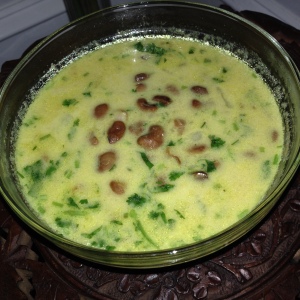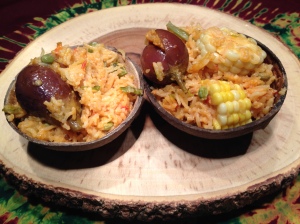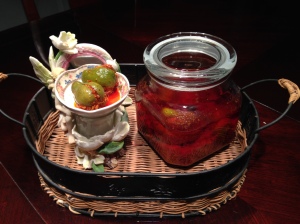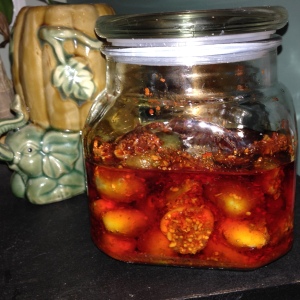KUNDE YA NAZI NA BOFLO
Enjoy Tanzanian style kunde na boflo right in your jikoni!
1 cup dried red beans / chora / kunde ( soaked over night)
2 cups coconut milk
1 1/2 teaspoons salt
2 teaspoons green chili paste
1/2 teaspoon ginger paste
1/4 teaspoon turmeric powder
1 tablespoon lime juice
handful finely chopped cilantro
Pressure cook beans for three to four whistles .Once cooked , drain all the water and stir in coconut milk, salt, chili paste, turmeric and ginger paste. Simmer over medium heat for about 10 minutes or until the sauce starts to thicken, stirring occasionally. Turn the heat off, add chopped cilantros and lime juice. Serve with boflo ( bread) or wali ( rice)

















